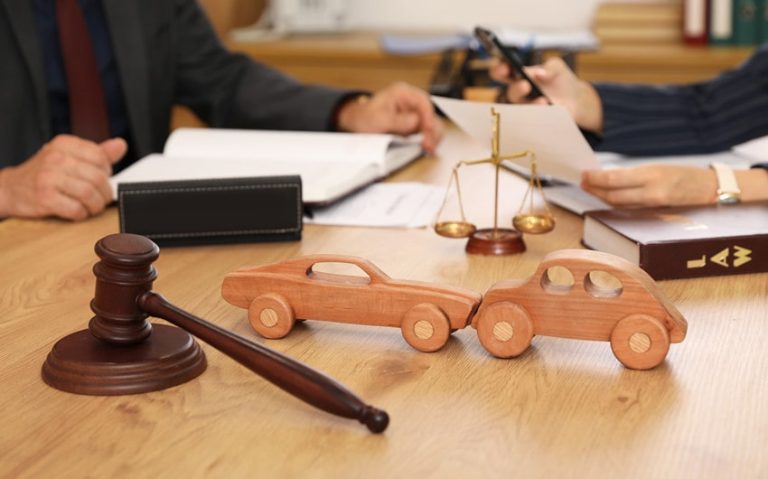Accidents can happen to anyone and at any given time on the road. Many of these are unavoidable but someone who has to take responsibility regardless of what happens. Then again, it’s a different story when another driver refuses to cooperate in the aftermath of an accident whether or not it was intentional.
This scenario is known as a hit-and-run situation where a motorist, especially one who is clearly at fault for the accident, leaves the scene. This scenario gives victims legal steps to cover the damages they incurred, whether they were injured or not. If ever you get involved in this type of situation, here’s a guide to walk you through the legal process for dealing with a hit-and-run as a victim:
1. Report the incident immediately
Even if it’s a minor fender-bender, you mustn’t wait long to let the authorities know what happened, especially if the other party bailed right away. If you think you’re clear of any injuries, you or someone close by should call emergency services right away. You should also inform them that the other party fled the scene. That way, you can prompt nearby traffic enforcers to spot the vehicle that crashed into you.
Be sure to provide details. If you can’t remember the vehicle’s license plate number, at least inform us about the type and color of the vehicle. You can also ask nearby witnesses to substantiate the details. There’s a good chance that authorities might catch up to the driver and avoid a lengthy manhunt operation.
2. Get treated and document your medical bills
While the authorities are busy hunting down the other person, you will need to get treated for injuries right away. Even if you sustained a minor scratch, you will still need a thorough checkup to find underlying problems that will complicate your well-being later on. Certain injuries take a long time to manifest, so you shouldn’t delay in getting treated.
Aside from a physical examination, make sure to undergo psychological debriefing as well because there’s a good chance the hit-and-run will lead to post-traumatic stress disorder. In any case, make sure to gather all your medical records and expense reports so you can build a compelling hit-and-run case later.
3. Contact your insurance provider
Whether you were just walking along or sitting inside your vehicle at the time the hit-and-run happened, you need to file a claim with your insurer. The amount covered by your policy will vary depending on the severity of the situation, so you must keep tabs on every expense and detail. In case your carrier won’t cover a good bulk of your medical and repair expenses, have an attorney to help you maximize your claim.
4. Get an experienced attorney by your side
If the driver of the vehicle was identified and arrested, you may want to take your legal action a step further. Most statutes of limitations for a hit-and-run are good for three years, but if your injuries are so severe, you need to get the other party to pay the price. In New Jersey, firms like Sadaka Law can help you deal with the emotional and physical damages you incurred and hold the other party criminally liable.
Endnote
The road is meant to be shared and motorists are expected to act with moral resolve in the event of an accident. If you were a victim of a hit-and-run, do your part by holding the person who ran away accountable.







